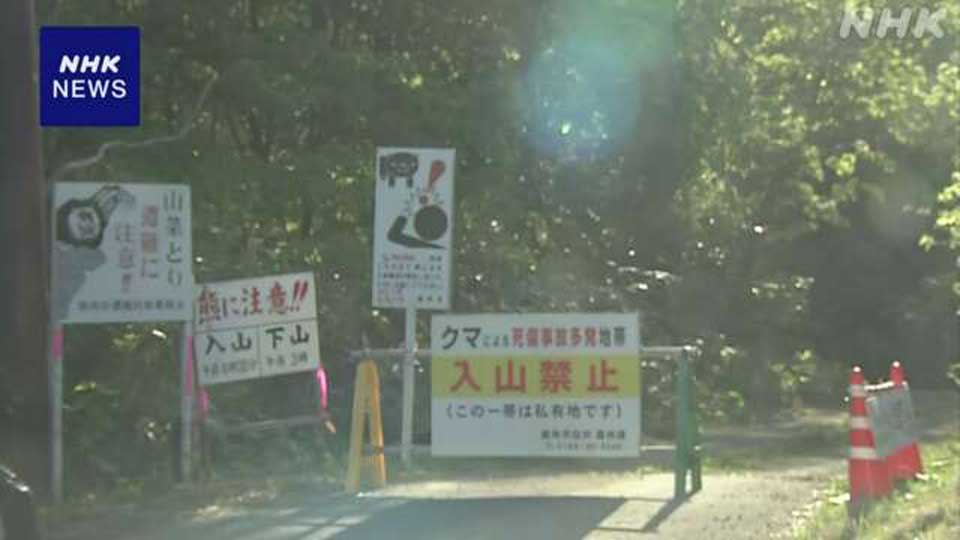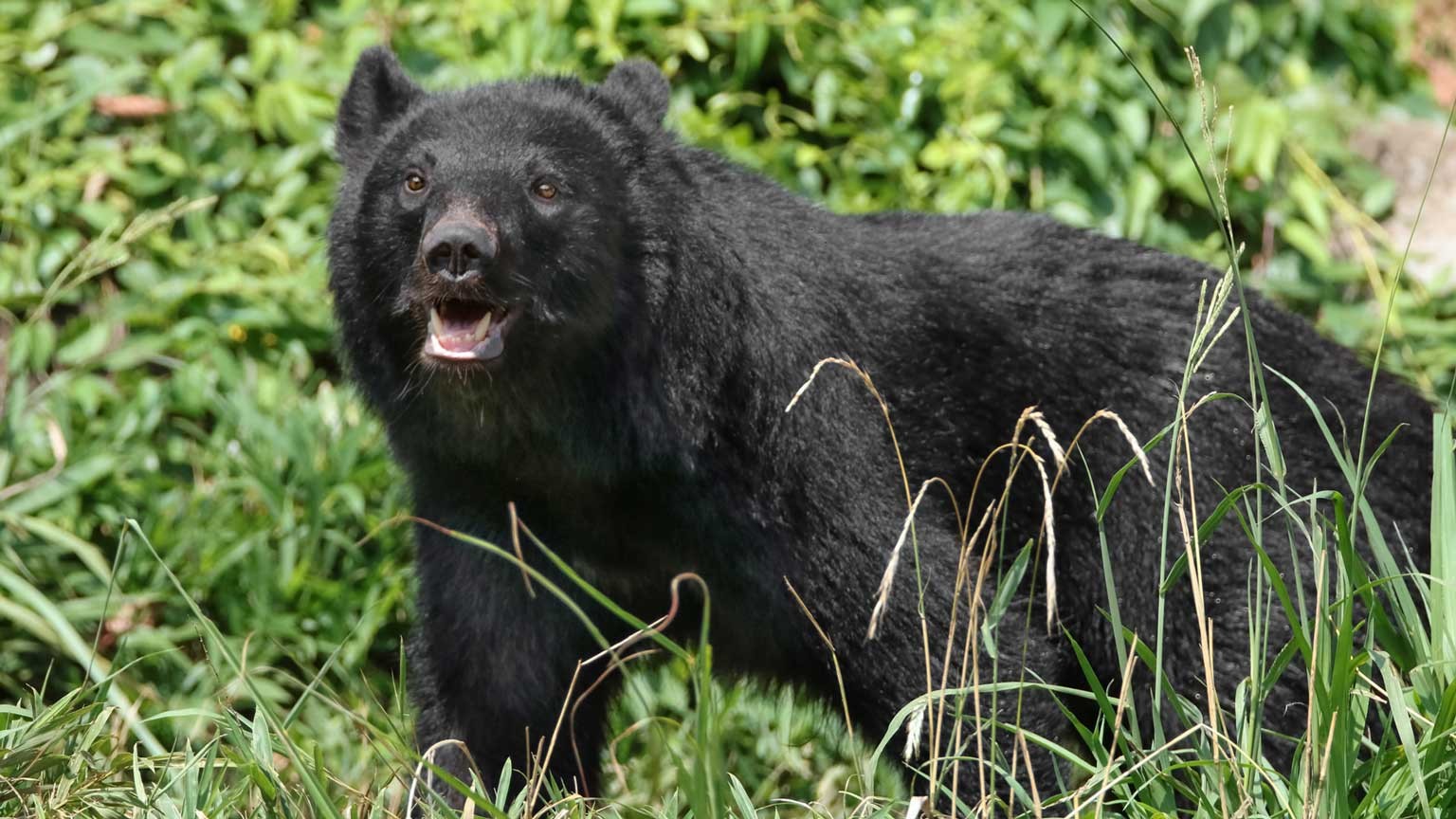In the early morning of May 24, a 68-year-old woman was attacked by a 1-meter-long bear in a mountainous forest area in Akita Prefecture, northern Japan. She sustained injuries to her face and arms.
On the same day, a bear attacked and injured a man in his 50s who was walking his dog on a mountain road in the central prefecture of Ishikawa.
During the previous week, two police officers suffered serious injuries when they were attacked inside a forest in Akita Prefecture. The incident led to a road closure near the site to protect the public.

Widespread bear sightings
An NHK survey has found that at least 11 people have been attacked by bears since April this year in the prefectures of Akita, Ishikawa, Iwate, Nara and Hokkaido.
While the number of reported cases of injury is lower than the equivalent period last year — when 22 cases were reported during April and May — bear sightings are on the rise in some areas, including Akita and Aomori prefectures.
Authorities in some parts of the Tohoku and Hokuriku regions, as well as in the northern prefecture of Hokkaido, have issued warnings for residents to take caution.
Koike Shinsuke, a bear behavior expert from Tokyo University of Agriculture and Technology, explains this is the time of year when people are more likely to come across the animals. One of the reasons is that young bears are out searching for a habitat as they separate from their mothers.
Koike says bears feed on beech trees in the mountains. If the trees are in short supply, the animals may come closer to inhabited areas in search of food.
"Some bears may recall finding food such as persimmons and chestnuts in residential areas last fall, so they could come out even if there is enough food in the mountains," he adds.
Draft policy to protect humans
Japanese officials have initiated a series of measures designed to prevent bear attacks and protect humans where necessary.
In April, the Environment Ministry listed bears as a species to be controlled, a designation that supports habitat monitoring and capturing as needed by local governments, along with financial support.
Hokkaido's Governor Suzuki Naomichi welcomed the move, saying it will enable local officials to act effectively.
In May, an expert panel finalized a draft policy that allows for the use of hunting rifles against bears that enter residential areas. The proposed rules mean bears can be shot without police involvement in cases when humans are in danger, or if an animal enters or becomes trapped inside a building.
AI-linked cameras lend a hand
Some municipalities are using AI technology to deal with the problem.
Iwate Prefecture's Hanamaki City has installed AI-linked cameras at 23 locations to detect bears approaching the city center.
When the AI program identifies a bear in the video feed, it sends an email to city officials who must then rush to the site together with police and local hunting club representatives.
There are plans to install five more cameras by the end of May as there have been 30 bear sightings since April — twice as many as during the same period last year.
How to avoid a bear encounter
Police advise:
- Make noise with bells or a radio when approaching places with thick vegetation.
- Stick with a group as larger numbers of people are less likely to be approached.
- Carry bear spray in case.
For video instructions about what to do in a bear encounter:
https://www3.nhk.or.jp/nhkworld/en/news/backstories/2731/
